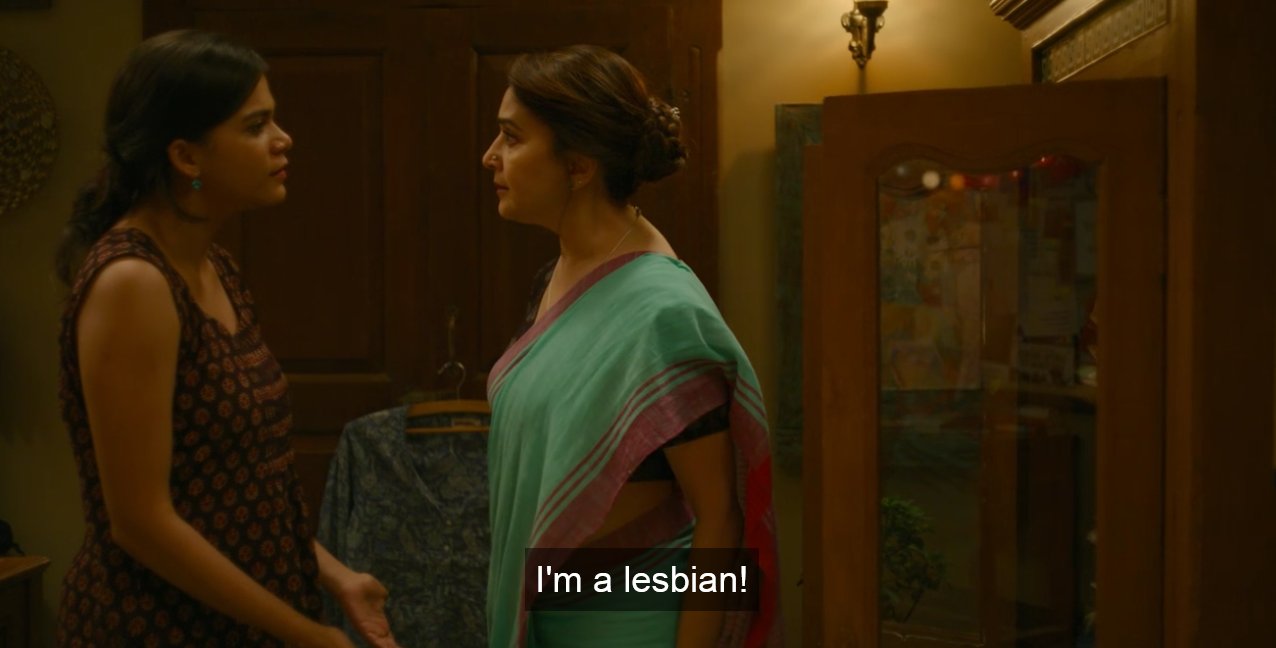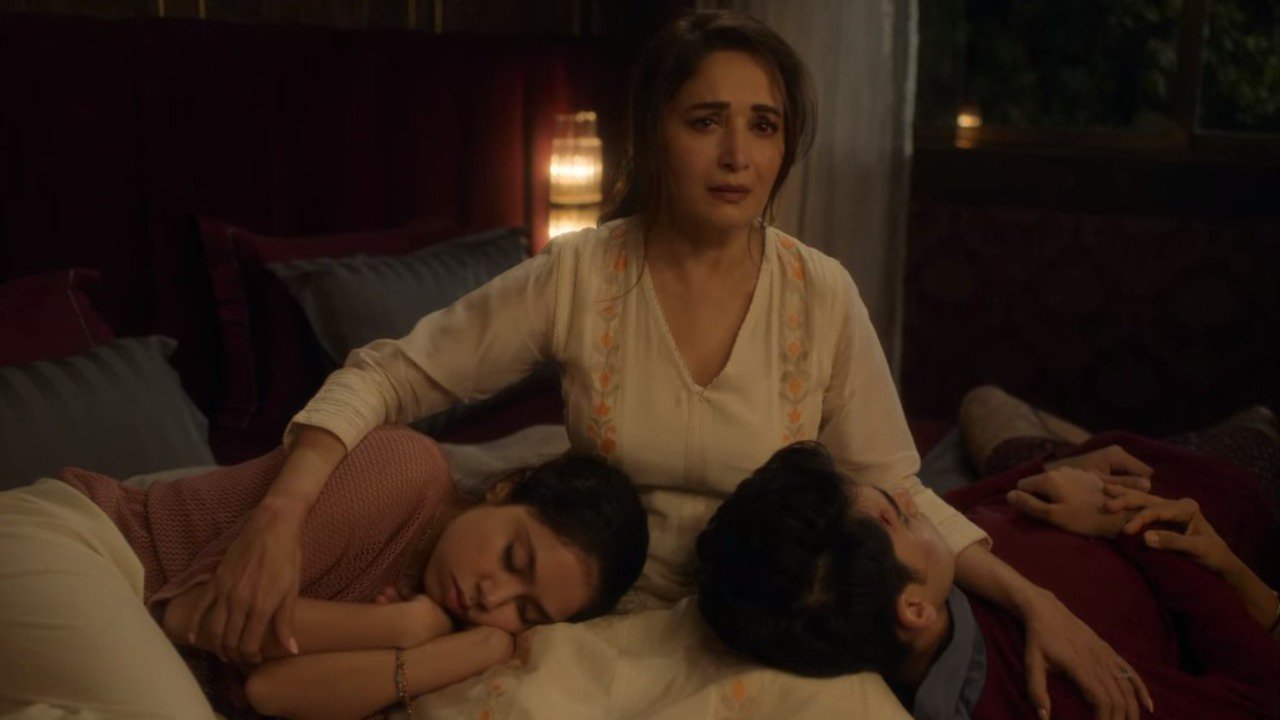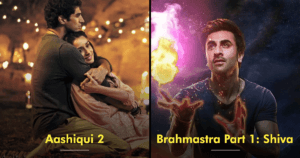For the longest time, Bollywood maintained its “shelf-life” (and still does) for actresses which always meant an early end to their acting career and well, fewer experimental roles. We still haven’t achieved the state of equilibrium with how male and female actors are treated, however, things are changing – even if the pace is slow. With actresses trying to make a difference by choosing better scripts and content, there’s certainly a shift in how female characters are portrayed these days. Madhuri Dixit is one of the actresses who is trying to experiment with roles.

For someone like her, who has seen immense popularity at a time when women would play typical characters, it might be almost difficult to adapt to newer methods. She could easily do basic roles, and receive appreciation, but instead, the actor has opened up to change. Specifically at a point in her life, when society wouldn’t expect her to act at all, again, given the “shelf-life” that we’ve created.
So when someone like Madhuri Dixit, who was typecast as the “pretty girl” characterized with some idea of “perfection”, does something like a Pallavi in Maja Ma, it’s almost daring. To call it daring isn’t an overstatement because a lot of Madhuri and many of her contemporaries were celebrated for being a certain way and acting a certain way. Hence, to come out of that mold, and play a character that the same people who celebrated her might question, is a big deal. After all, why would someone want to risk their popularity in a field where being popular is sort of a pre-requisite?
Even in Dedh Ishqiya, Madhuri-Huma’s love story which was hinted at was something different from what we usually see most mainstream actors doing. Whereas, with Maja Ma the story revolved around an ideal “family woman” whose coming out as a lesbian was the chink in her armour (though, it shouldn’t be). Watching Madhuri Dixit play queer characters not only normalizes the idea of queer love stories in mainstream Bollywood, but also the idea of starting the conversation at home given how a family drama can do that.
This also comes with a sense of liberation for the actress, given how she finally gets to explore and take risks with such roles. On the other hand, there’s also more substance for her, in the scripts that she’s choosing. Like her character, Anamika, in The Fame Game is a woman, who’s also a mother and not just THAT. Anamika is flawed, strong, and also at the center of this story, where we usually see a man. But the thing that stays with this portrayal is how even as a mother, she’s not shown as someone “weak” or helpless. The character doesn’t glorify motherhood, but instead manages to show what needs to change with how mothers are shown on-screen. For instance, when she literally fights with Sanjay Kapoor’s character (the father) to protect her gay son, whilst helping him cope with the burden of coming out.

Also, watching such characters is just as liberating for women who are expected to have a one-dimensional life. For a typical Bollywood fan, watching Madhuri Dixit kick ass on-screen in films like Gulaab Gang might prove the point that women can, in fact, do that if and when needed. Here, the characters like Rajjo show that women aren’t damsels in distress, we have and must have control over our own lives – and we aren’t waiting for men to come and save us.

Madhuri Dixit is trying to do things differently, and experimenting with changing her image at a point where most actresses are expected to be in the backseat – playing mothers of actors of the same age. And THIS feels like the change Bollywood needs and deserves.

















